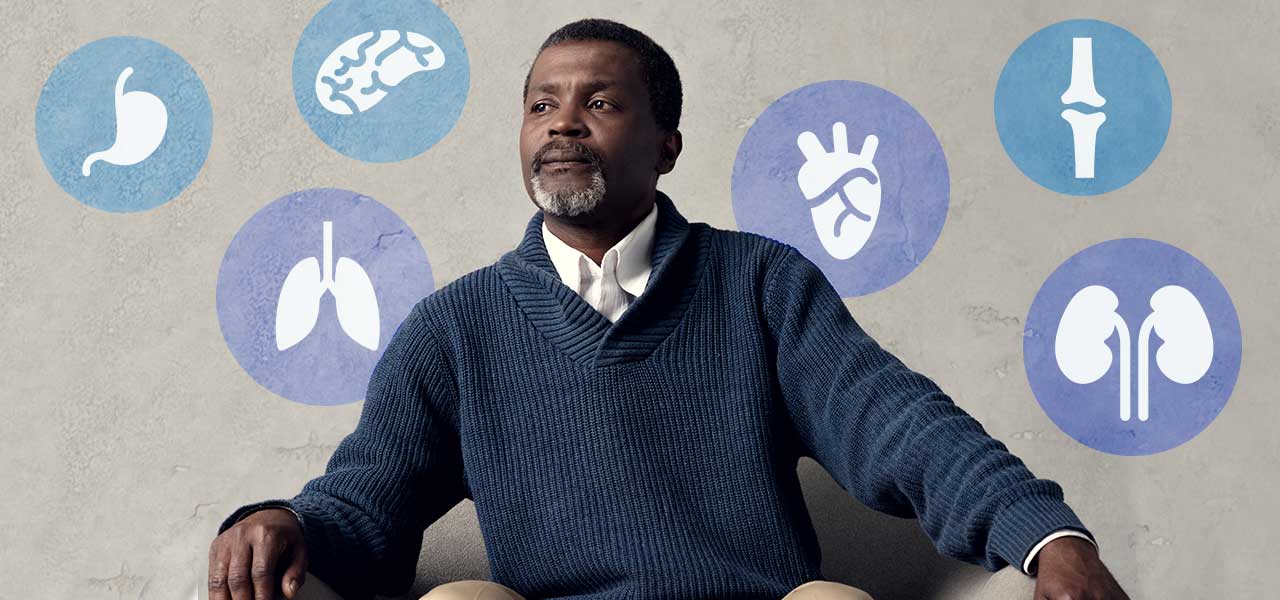According to Susanne Steinberg, MD, Medical Director of Princeton House’s Moorestown outpatient site, somatic symptoms should be taken very seriously.
“Everything is related, so you can’t just treat part of the problem,” she explains. “In mental health, it’s especially important to take a holistic view of each patient.”
Dr. Steinberg describes her approach to care as a journey of discovery. Patients often have a multitude of problems, and her goals are to build a therapeutic alliance, identify issues, and determine priorities for treatment. In some cases, addressing a physical problem such as pain first can permit the patient to address emotional symptoms more effectively in therapy. In other cases, the reverse is true.
When working with patients, Dr. Steinberg often applies a modified version of a paradigm that originated from the National Institute on Drug Abuse’s Seek, Test, Treat, and Retain Harmonization Project among patients with HIV. From a behavioral health perspective, she recommends:
SEEK. Seeking is more active than listening. Some patients don’t recognize their experiences as trauma but rather as part of their normal existence, so clinicians often need to detect and label this information to enable relief for both the mood disorder and the somatic symptoms.
TEST. Lab work and physician assessments can be critical to identify or rule out health conditions and provide clues that help define treatment priorities. Princeton House psychiatrists can order lab work, and they also maintain routine communication with primary care physicians and refer to appropriate specialists.
TREAT. Once priorities are identified, optimal treatment means a collaborative approach. Psychoeducation and psychotherapy, psychiatrist and internist or specialist oversight, nursing care, and medications all can play a role. The patient is the center of the team, and family engagement can make a meaningful difference.REAT.
RETAIN. It’s important not only to engage patients at the present level of care, but also to ensure that they understand the significance of follow-up providers in the wellness journey.
"In some cases, even identifying the path to treatment and discussing that plan with a patient can begin to alleviate somatic symptoms,” adds Dr. Steinberg. “The link between the mind and the body is fascinating. It’s our role to consider the whole picture to best position patients for continuing progress in their journey toward recovery post-discharge and in building a life worth living.”
For more information about outpatient services, visit princetonhouse.org or call 888.437.1610.
Article as seen in the Fall 2019 issue of Princeton House Behavioral Health Today.



